You’ve noticed a common panache in a lot of your favorite movies, maybe books too, but can’t exactly describe it. There’s some line which connects “Hamilton” to “La La Land”, yet does not triangulate the two with “The Sound of Music”. You try and place your finger on it. It’s wild, it’s wacky. All the cool kids are doing it...it’s postmodernism, and it’s the preeminent artistic movement of our generation!
Actually, postmodernism can be traced to the middle of the 20th century, so a few generations. It has impacted philosophy (Derrida, Foucault), opera (Glass), and much literature (Borges, Pynchon, Vonnegut, Burroughs); but what we of course really care about is popular culture. So while fully understanding postmodernism might mean getting into the conceptual weeds of moral relativism and deconstructivism, discussing Lacan, perhaps touching on everything from economics to architecture, beginning with some easily identifiable basics and relatable applications is rewarding in itself. Postmodernism is permeating so many of your favorite things. Recognizing that and recognizing how will put you more consciously in touch with the magnificent (though unsustainably-named) artistic period of now.
Metaculture
“Pulp Fiction” is what brought postmodernism into the undeniable mainstream. A critical and popular smash hit, the nation fawned over the idea of movie thugs talking about things like McDonald’s and Fonzi. Now, Andy Warhol had put Marilyn Monroe and Elvis in paintings long before that, and to be fair, fictional fan faves like Odysseus and Faust have run the gamut of page, canvas, and stage for centuries. Still, postmodern attitude towards metaculture is an evidently rising tide. Observe how some combination of Warhol and Tarantino brought upon today’s street art. Think Space Invader using imagery from a video game to recreate an album cover.
Humour
Watch a scene from “The Godfather” and you’ll witness power, grace – actors dominating a stage. An appropriate response might be ovation. A scene from “The Sopranos” feels more like an awkward peek into someone else’s window. There are many reasons for this; one is that postmodern art reflects life as it sometimes, perhaps mostly, is – silly, bizarre, and largely without any apparent meaning or order. Heroes aren’t always saving the day; villains don’t dress the part. Careful though, to not confuse this concept with comedic relief, which is always isolated from moments of drama or suspense. In postmodernism there isn’t the luxury of “appropriate” response. In postmodernism, Walter White throws a pizza onto his roof because his family is falling apart.
Style Over Substance
Used pretty liberally here, consider any time you’ve ever said, “It was really cool how they did that”. Messing with the timeline, breaking the fourth wall – all that good stuff is style. Witness mainstream postmodern cinematic development from 1994 to today by checking out Oscar Best Picture nominee “Get Out”. Not only does it break stylistic expectations, it resets and then breaks them again about three times in its 104 minutes. “Best Novels of the 21st Century So Far” lists are rich with this element of postmodernism. Junot Díaz writing in slang and footnotes, Jennifer Egan not caring much for proper punctuation (depending on character perspective), and Joshua Cohen seemingly vomiting chaotic nonsense would straight up offend the penmen of yesteryear.
That’s a gist of it, folks. Nothing unfamiliar – now you just know to say, “Ah, how postmodern,” when you see it. I hope that it gets you laid.

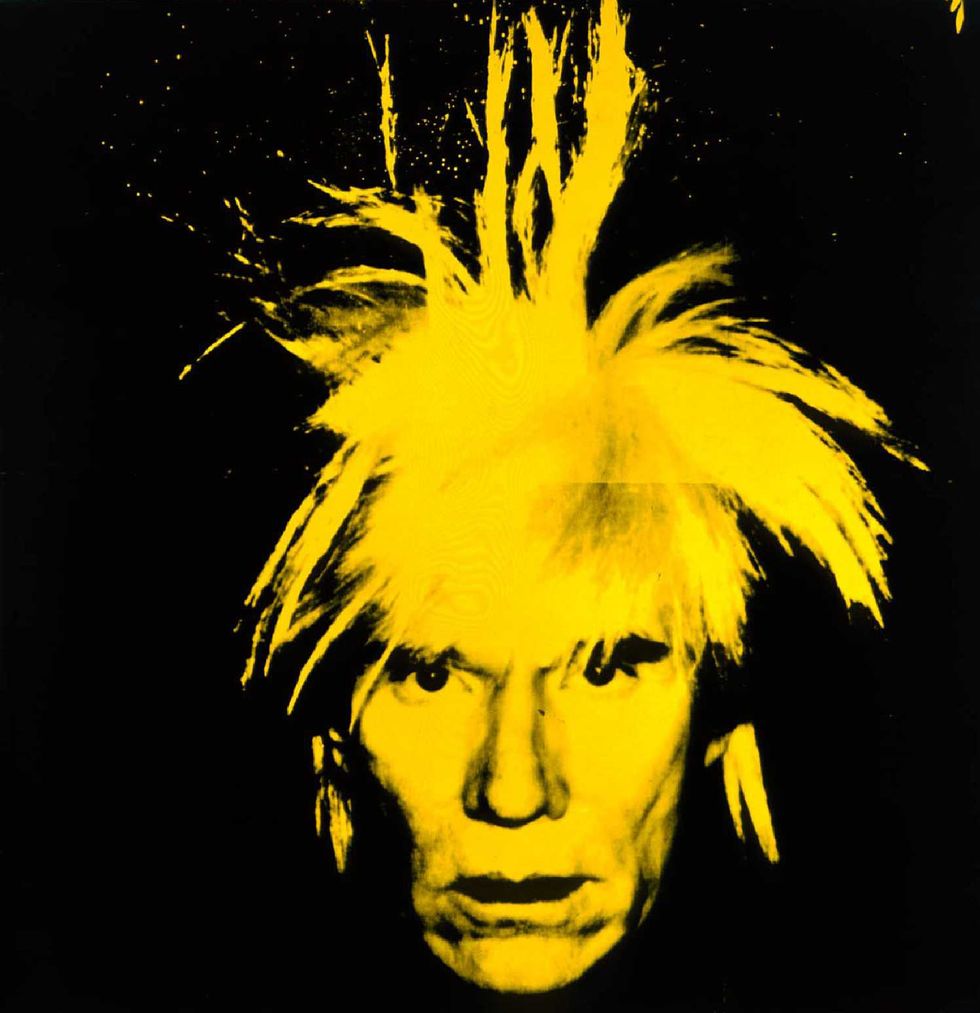
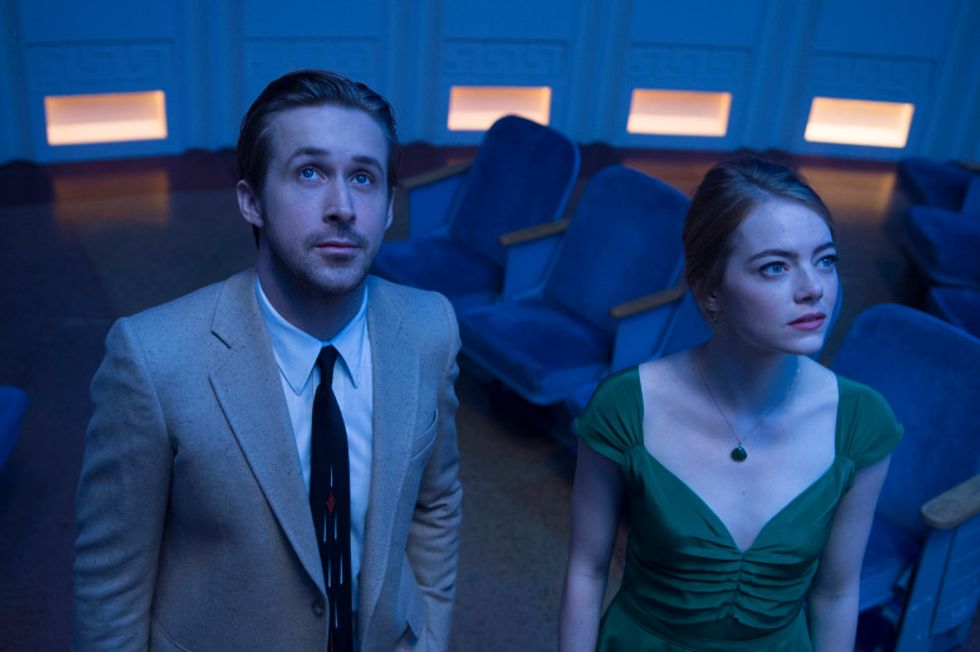
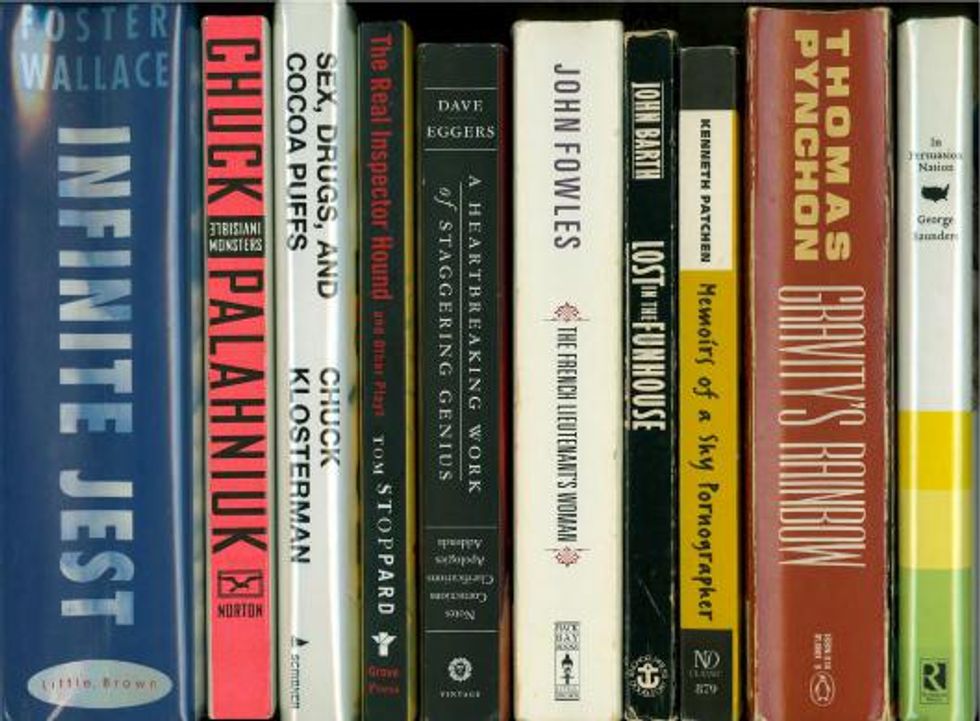
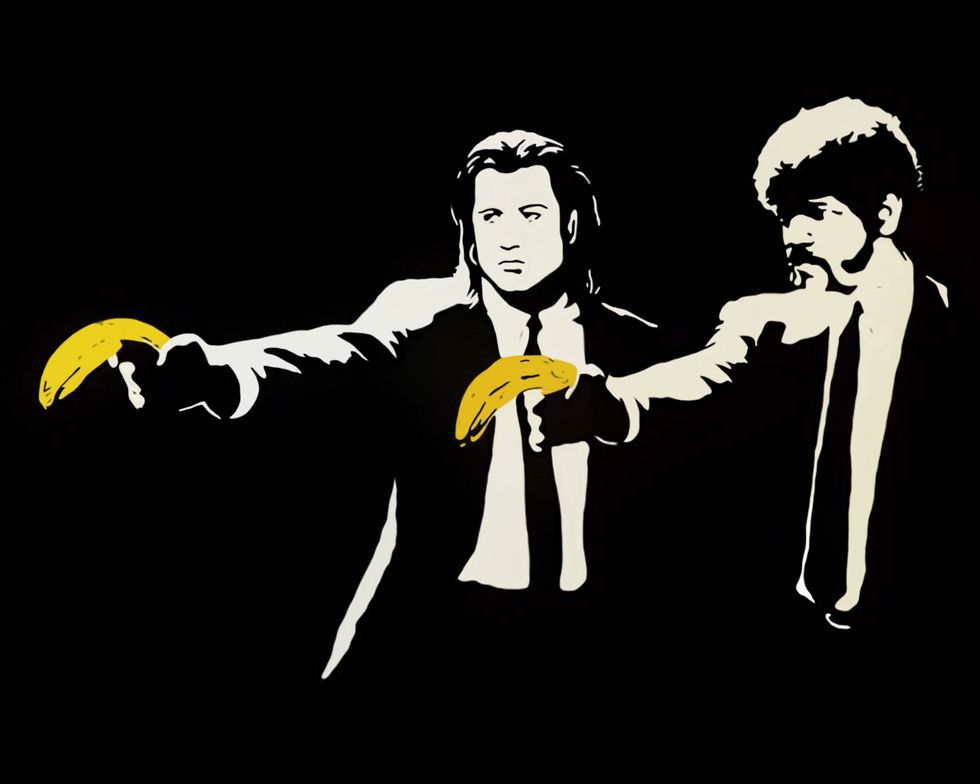

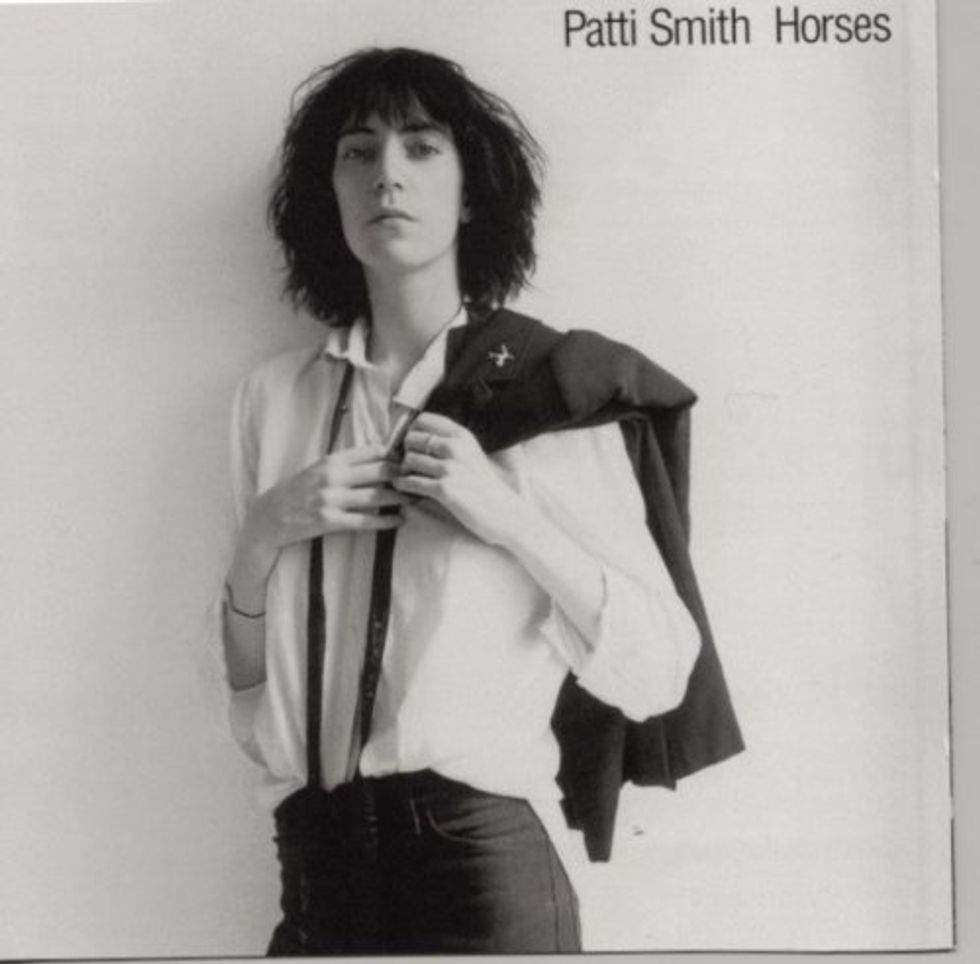
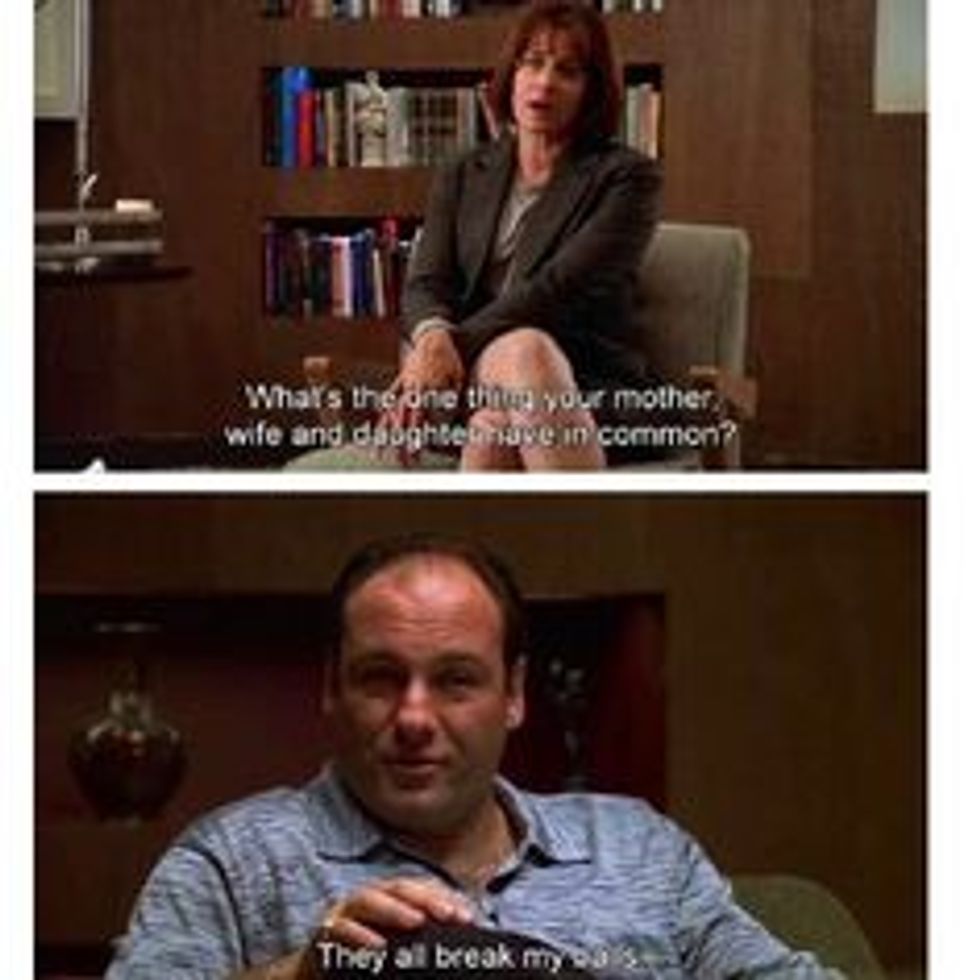

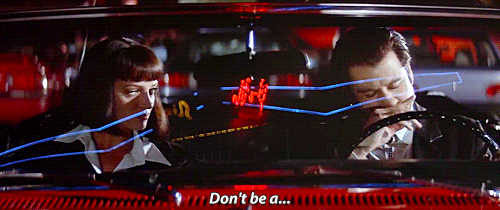
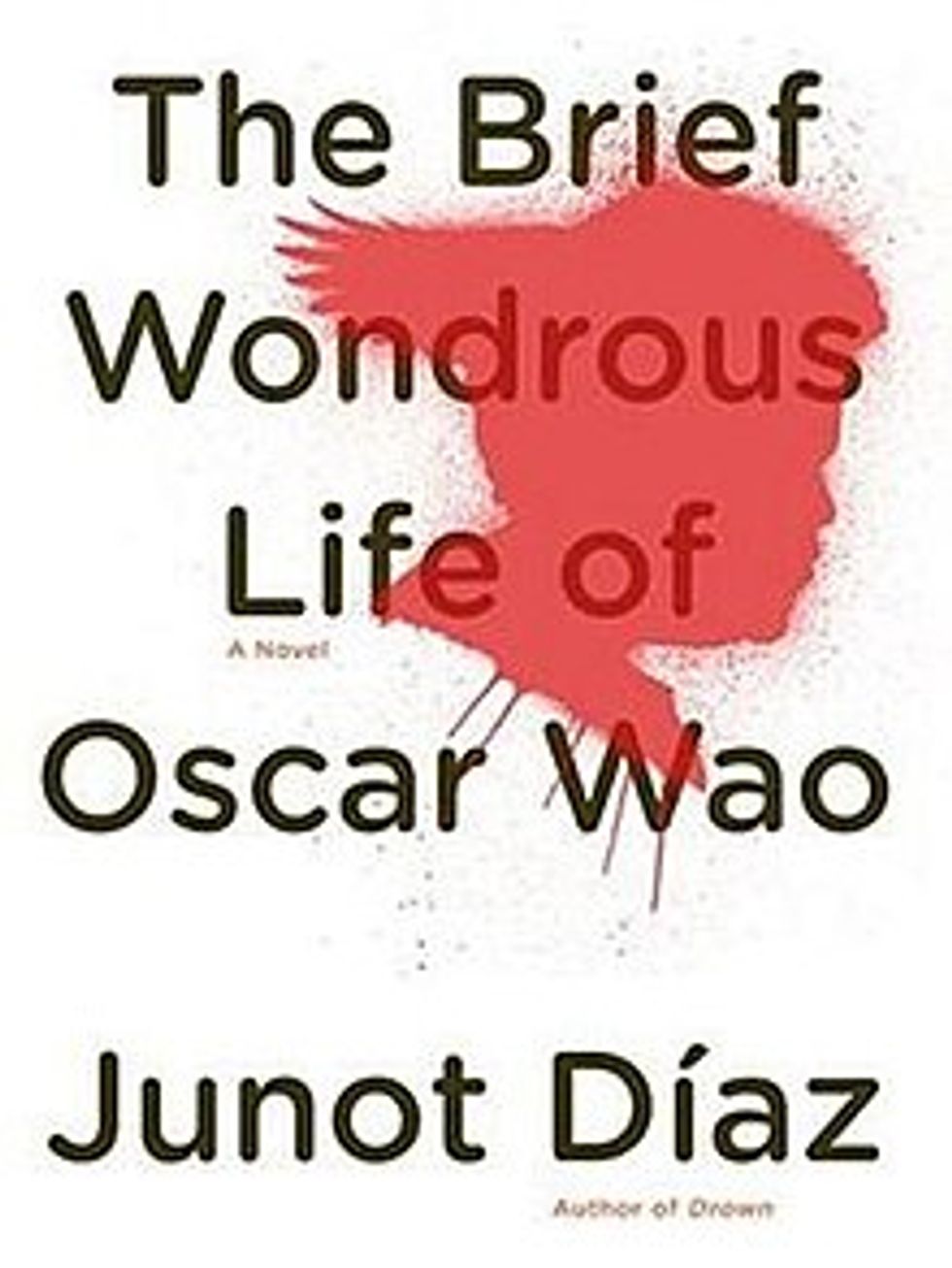



 Energetic dance performance under the spotlight.
Energetic dance performance under the spotlight. Taylor Swift in a purple coat, captivating the crowd on stage.
Taylor Swift in a purple coat, captivating the crowd on stage. Taylor Swift shines on stage in a sparkling outfit and boots.
Taylor Swift shines on stage in a sparkling outfit and boots. Taylor Swift and Phoebe Bridgers sharing a joyful duet on stage.
Taylor Swift and Phoebe Bridgers sharing a joyful duet on stage.












